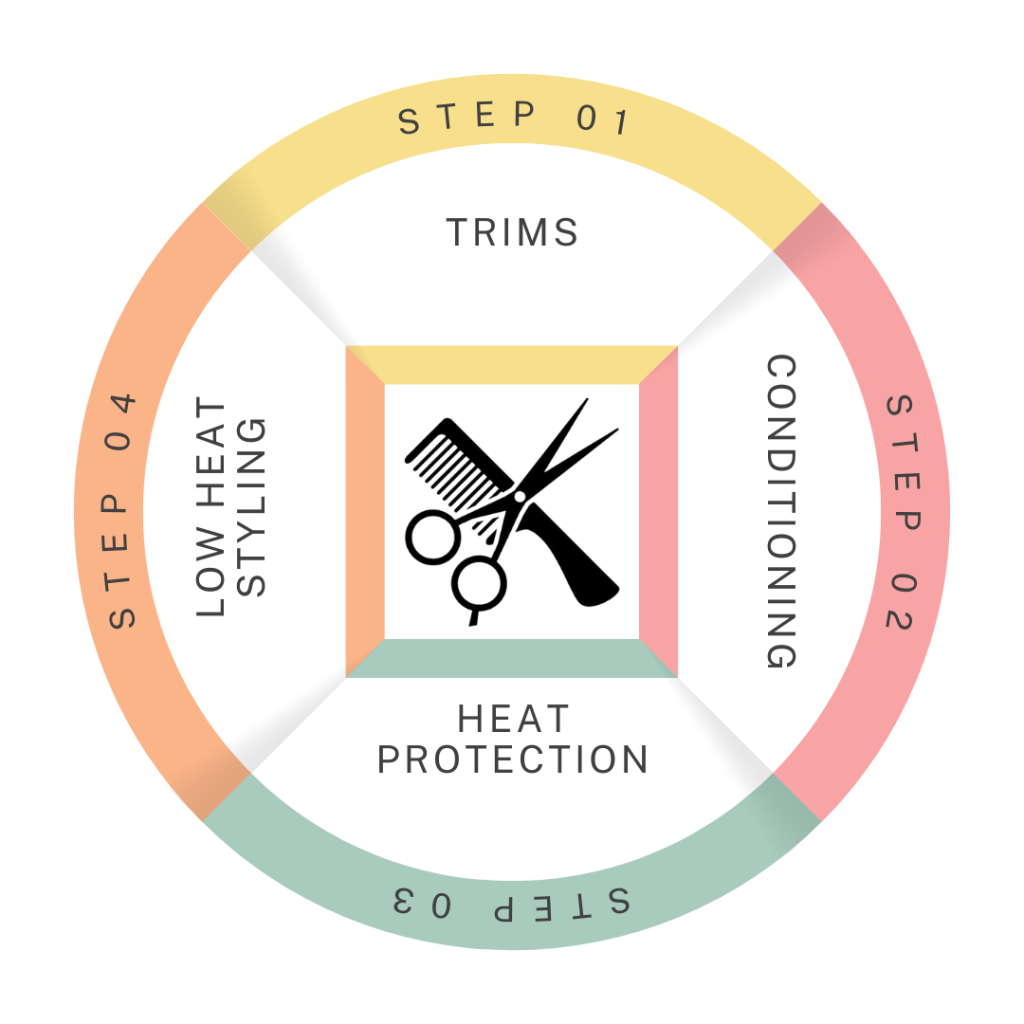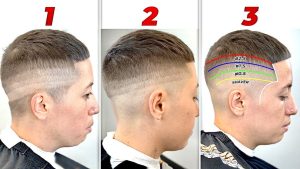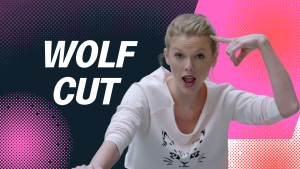The wolf cut has risen as a bold and versatile hairstyle combining retro aesthetics with modern edge. This guide provides a complete exploration of its origins, features, suitability, cutting and styling techniques, and maintenance, offering everything needed to understand and embrace this trend.
Origins and Evolution of the Wolf Cut
In the ever-evolving landscape of hair artistry, the wolf cut emerges as a fascinating fusion of vintage aesthetics and contemporary edge. Drawing inspiration from two groundbreaking styles – the rebellious mullet and the free-spirited shag – this cut defies conventional boundaries. While the shag brought revolutionary layering techniques that created cascading movement, and the mullet challenged societal norms with its dramatic length disparities, the wolf cut synthesizes these elements into something entirely distinctive.
This transformative style bears its name with deliberate intent – much like its namesake, it carries an untamed spirit, marked by strategic disconnection and deliberately disheveled layers that mirror the natural textures found in a wolf’s coat. Rather than conforming to traditional sleekness, it celebrates controlled chaos through expert sectioning and precise point-cutting techniques.

The wolf cut’s meteoric rise in popularity stems from its organic spread across digital platforms, particularly within beauty-focused social communities. Professional stylists, celebrities, and digital creators have embraced its adaptable nature, demonstrating its versatility across different hair textures and lengths. Unlike manufactured trends, this style evolved naturally through social sharing, with each iteration adding new dimensions to its technical execution and styling potential.
Beyond mere aesthetics, the cut represents a broader shift in beauty standards – one that embraces individuality and breaks free from conventional symmetry. Its technical foundation requires deep understanding of weight distribution and layer interconnection, allowing skilled stylists to customize the cut while maintaining its characteristic wild elegance.
Characteristics of the Wolf Cut
The wolf cut is defined by a unique set of features:
Feature | Description |
Layers | Choppy, textured layers add volume at the crown and taper towards the ends. |
Length | Adaptable to short, medium, or long hair lengths. |
Bangs | Often paired with curtain bangs or wispy fringe to frame the face. |
Texture | Ideal for enhancing natural waves or curls, but also adaptable for straight hair. |
Edginess | Its messy yet intentional look appeals to those seeking individuality. |
Who Should Consider the Wolf Cut?

Hair Types
The wolf cut’s versatility means it suits a range of hair textures:
- Straight Hair
Adds volume and avoids a flat appearance. Works well with texturizing sprays to create dimension.
- Wavy Hair
Enhances natural waves, requiring minimal effort to style. Perfect for a beachy, tousled look.
- Curly Hair
Shapes curls while reducing excess volume. Ideal for medium to loose curl patterns but requires careful execution for tighter curls.
Face Shapes
The adaptability of the wolf cut allows it to flatter different face shapes with slight adjustments:
Face Shape | Adaptation Tips |
Oval | Nearly all wolf cut variations work well. Experiment with fringe or layers. |
Round | Longer layers elongate the face. Pair with side-swept bangs to create angles. |
Square | Softens strong jawlines with wispy layers and curtain bangs. |
Heart | Balances the wider forehead by incorporating face-framing layers and delicate fringe. |
How to Get a Wolf Cut: Professional vs. DIY

Professional Approach
When consulting with a stylist, describe your desired length, layers, and bangs. A skilled professional will:
- Assess Hair Texture and Shape: Adjust cutting techniques based on natural hair behavior.
- Use Advanced Layering Techniques: This includes razoring or point cutting to achieve seamless texture.
- Incorporate Bangs: Blend fringe into the overall style for a natural transition
DIY Wolf Cut
For those attempting a wolf cut at home, a DIY version can be achieved using the ponytail method. However, precision is key:
- Prepare Hair: Wash, dry, and detangle your hair thoroughly.
- Ponytail Technique: Pull hair into a high ponytail at the front of your head and trim the ends.
- Release and Refine: Once the layers are revealed, adjust bangs and side layers as needed.
- Style to Taste: Apply a texturizing product to enhance the choppy, tousled look.
Styling the Wolf Cut
The wolf cut offers endless styling opportunities, from sleek sophistication to a carefree, messy vibe.
Styling Method | Steps and Tips |
Natural Waves | Apply mousse or curl cream to damp hair and scrunch to enhance texture. Let it air dry. |
Sleek Look | Straighten with a flat iron and use a shine serum to finish. Ideal for formal occasions. |
Voluminous Texture | Blow-dry with a round brush while applying a volumizing spray at the roots. |
Messy, Tousled Effect | Use sea salt spray on damp hair, scrunch, and diffuse for a beachy, undone look. |
Curly Styling | Use a curl-defining product and a diffuser to maintain the cut’s shape and volume. |
Cultural Impact and Popularity
The wolf cut has transcended being just a hairstyle, becoming a cultural symbol of individuality and rebellion. It resonates with Gen Z for its nostalgic roots in retro styles and its non-conformist flair. Celebrities like Billie Eilish and Miley Cyrus have helped propel its popularity, showcasing its adaptability across genders and hair textures.
The wolf cut has transcended being just a hairstyle, becoming a cultural symbol of individuality and rebellion. It resonates with Gen Z for its nostalgic roots in retro styles and its non-conformist flair. Celebrities like Billie Eilish and Miley Cyrus have helped propel its popularity, showcasing its adaptability across genders and hair textures.
Maintenance Tips
Keeping a wolf cut looking its best requires regular care:
- Trims
Maintain the shape with trims every 6-8 weeks.
- Conditioning
Use deep conditioners weekly to prevent dryness from layered ends.
- Heat Protection
Always apply heat protectant when using styling tools.
- Low Heat Styling
Minimize heat exposure by opting for air-drying methods or low-heat tools.

FAQs About the Wolf Cut
Yes, the wolf cut can be styled sleekly for a polished look, suitable for formal or professional settings.
Absolutely! Adding layers at the crown gives the illusion of volume and thickness.
The wolf cut grows out gracefully due to its layered structure, making it easy to transition into other hairstyles.
References
- National Institutes of Health. “Hair Care Practices and Their Effects on the Scalp and Hair.” NIH.
https://www.ncbi.nlm.nih.gov/pmc/articles/PMC4387693/







